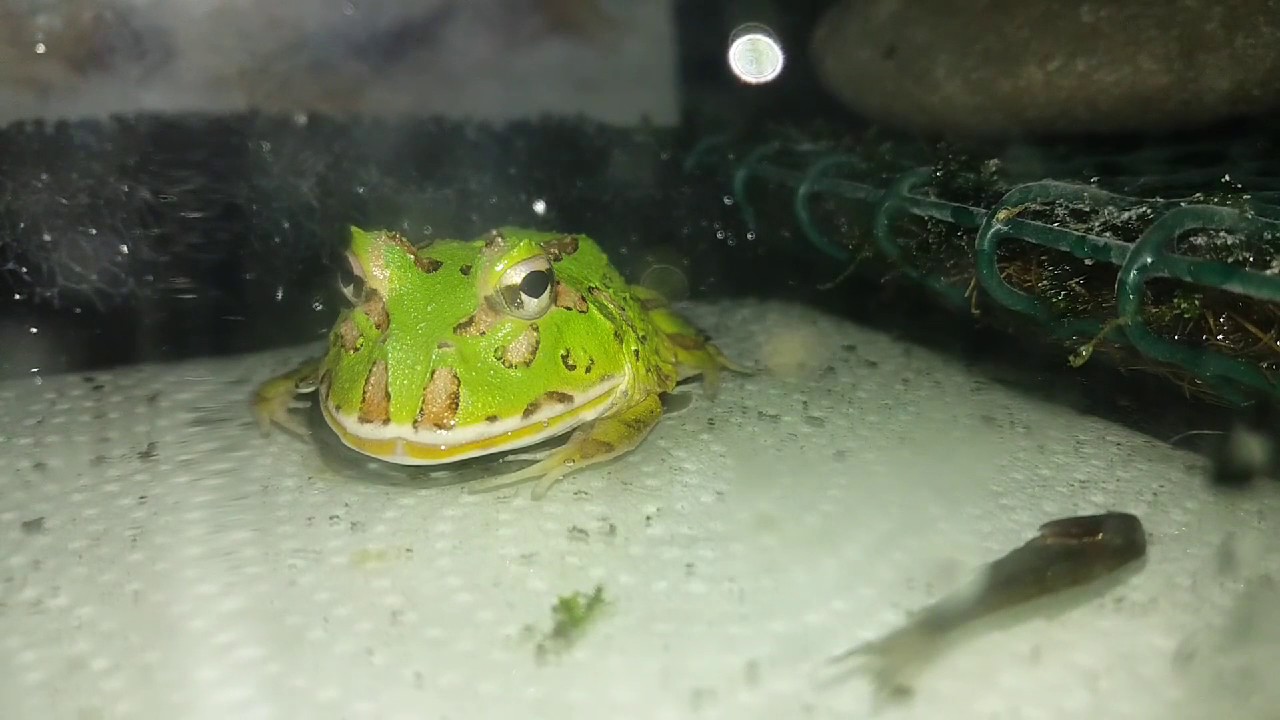Brain Waves
Brain Waves and Neuroscience
Interest in the neuroscience behind Flow has started to blossom quite recently, spearheaded in part by neurocognitive researcher Arne Dietrich. Perhaps one of his most easily understandable findings, in layman’s terms, is that physical activity gives the ‘focused’ cerebral areas a little break. Other areas are then allowed to take over, freeing us up temporarily from processes such as self-consciousness and self-talk, and leading us into a more relaxed and creative state (Dietrich, 2004).
Scientifically, it’s termed transient hypofrontality and refers to a less engaged pre-frontal cortex. Because our prefrontal cortices take care of higher cognitive processes – including self-reflection, analytical thinking, and other meta-conscious capacities, our implicit system can play a bigger role. Effortless information processing ensues, and we enter the highly desirable Flow state.
How to Enter a Flow State of Mind
Entering a Flow state of mind can be done several ways. Everyone has different triggers and various activities that they enjoy doing. In the next couple of sections, we’ll look at different activities that are commonly associated with a Flow state, and some triggers that you may already be familiar with from past experience.
Activities to Help Attain a Flow State
The great news is that sometimes, attaining a Flow State is as simple as doing what you love. Pick an activity that you can see yourself enjoying, from windsurfing or horse-riding to composing music or dancing.
- Hard Charger – in this case, your activities will include: “…adventure sports. Skiing, snowboarding, surfing, skydiving, mountain biking, MMA, rock climbing, racing, and paintball all deliver the intensity you seek.”
- Flow Goer – your activities may encompass things such as meditation, yoga, and retreats, ecstatic dance, and other soul-searching activities.
- Deep Thinker – attaining a Flow state is often related to activities such as recharging from activities, gardening, hiking, playing a musical instrument, and reflection.
There are more Flow profiles to be found on the Flow Genome project, as well as dozens of ideas for activities you can get involved in.
We’ve also included some of the most popular physical activities below:
- Yoga – controlled breathing and a quiet setting are great conditions for focusing your thoughts on what you’re doing in the present, here and now. With the right challenge to skills ratio in terms of balance and stretching, some find yoga is very conducive to attaining a Flow state.
- Swimming – if you’re one who enjoys slightly more intense physical activities, swimming lets you concentrate on your technique, breathing. Plus, there are few distractions when you’re physically in the water.
- Running – challenge levels are very straightforward to set when you’re running, allowing you to find the ideal balance with your abilities for attaining a Flow state. If you find that you sometimes tend to ‘self-talk’ while running, or think things over, it may help to listen to music or a good audiobook.
- Rock climbing – this activity featured quite frequently in Csikszentmihalyi and others’ earlier research.











